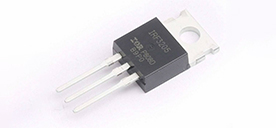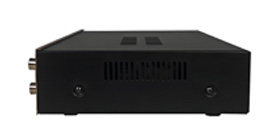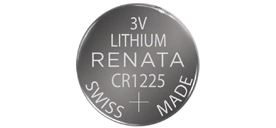LR44 vs 357 Battery: Differences and Interchangeability
2025/1/3 17:33:44
Views:
LR44 and 357 batteries are both common button batteries, and although similar in appearance, they have significant differences in chemistry, voltage stability, and service life. Understanding these differences will help you choose the right battery for your equipment needs.

LR44 vs 357 Batteries: Key Differences
1. Chemical composition
LR44: alkaline battery, mainly composed of zinc and manganese dioxide.
357: Silver oxide battery, mainly composed of silver oxide and zinc.
2. Voltage
LR44: The nominal voltage is 1.5 volts and will gradually decrease during use. Due to the large voltage variations, it may affect some voltage sensitive equipment, especially when the equipment requires the voltage to remain above 1.0 volts, which can be unstable.
357: With a nominal voltage of 1.55 volts, the voltage remains stable for most of its use, dropping sharply only when the battery is nearly depleted. Because of its stable voltage output, the 357 battery is particularly well suited for devices that require precise timing, such as watches.
3. Size and compatibility
LR44 and 357: The LR44 and 357 batteries have the same diameter of 5.4 mm, but different heights. 11.6 mm for the LR44 and 9.5-9.6 mm for the 357. Because the LR44 is taller, it may not fit in devices with shallow battery compartments. When replacing, check the depth of the battery compartment to select the proper battery.

4. Application field
LR44: Suitable for low-power devices such as toys, calculators and home electronics.
357: Suitable for devices requiring high precision, such as watches and medical instruments.
5. Service life
LR44: with a capacity of about 120mAh, it has a relatively short service life and is suitable for devices with low power consumption and infrequent battery replacement.
357: with a capacity of about 150mAh, it provides a longer service life and is suitable for devices that run for a long period of time and require high stability.
6. Price
LR44: The price is relatively low and is the more common battery choice for consumers with limited budgets.
357: Higher price, but more cost-effective for long-term use due to longer life and better stability, especially for high-precision devices.
7. Equivalent
- LR44 Equivalent: AG13, A76, L1154
- 357 Equivalent: SR44, SR44SW, 303, SG13
Comparison Table: LR44 vs 357 Batteries
LR44 vs 357 battery: Are They Interchangeable?
Although the LR44 and 357 are nearly identical in size, their voltage and battery chemistry differences make them perform differently in some devices. For low-power devices, the two can be used interchangeably, but for devices that require a stable voltage, the 357 battery is more appropriate.
Related Information
-
-
Phone
+86 135 3401 3447 -
Whatsapp





